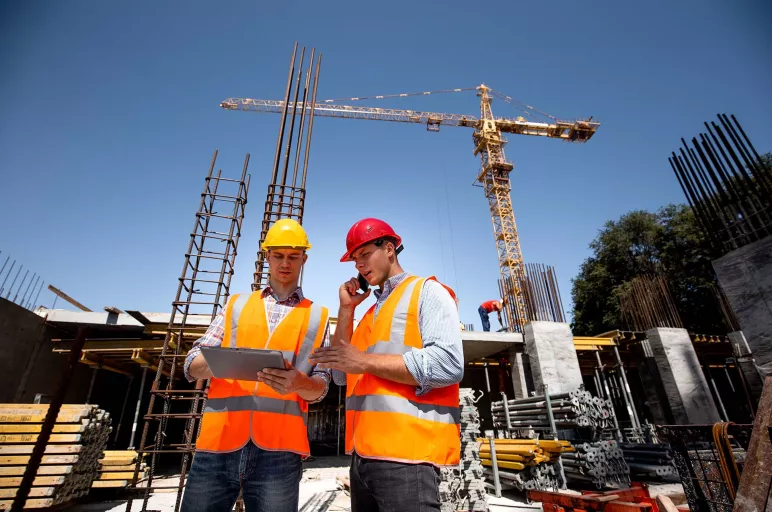
Challenges of Procuring Construction Materials (And Ways to Overcome Them)
- Although major economies swung back into action in 2021 with COVID vaccination programs gaining momentum, the construction industry continues to reel under pressure
- Supply chain disruptions impacted the supply of construction materials in many regions, resulting in a price hike
- Builders must deploy innovative strategies to effectively deal with unprecedented shortages
January 11, 2022 | Market Intelligence
Although global economies were expected to bounce back in 2021, the construction industry is still lagging behind. Construction material prices remained volatile throughout the year, especially in the past six months.
Prolonged supply chain disruptions caused by the pandemic impacted the supply of construction materials, leading to a price increase. Region-wise variables such as supply-demand imbalance, political tensions and trade issues also led to an increase in the prices of construction materials.
Let us look at the region-wise pricing of construction materials.
Regional insights
• North America
There has been an unprecedented price increase for a variety of goods and services utilized in the US construction industry. Between August 2020 and August 2021, refined petroleum products such as asphalt base witnessed an increase of 50%. Likewise, there was a 32% price increase for metal and metal products, 12% for lumber and wood products, 28% increase in structured steel, and a 5% increase in cement prices. Most of these double-digit increases were observed in every type of construction.

• Europe
Falling infection rates in Europe in the beginning of 2021 and successful vaccine rollouts provided impetus to construction and manufacturing activities. The sharp rise in activities due to the pent-up demand across sectors caused supply-side issues with construction materials such as cement, timber and lumber in shortage due to excess demand. In July, the Construction Industry Federation (FIEC) reported an increase of 10% in cement prices in a single month. Timber prices were up by 20% and bitumen prices increased by 15% between April and June.
• Asia Pacific
Countries in the APAC region have witnessed a substantial increase in the prices of raw materials. Large price fluctuations are expected to affect the growth of the industry. In China, for instance, material and labor costs have increased sharply with an increase in construction costs. This trend of increasing construction material prices has emerged in a short term. In Singapore, as of June 2021, the prices of foundational construction materials, such as steel bars and cement, increased by around 36% and 6% respectively since December 2020. Acute material and labor shortages in the APAC region have resulted in a negative profit margin.
Strategies to mitigate the increase in construction material costs
Different types of construction projects, both ground-up and renovation, are facing multiple challenges such as price volatility and scarcity of resources. The following strategies can help mitigate these challenges and alleviate the effects on the bottom line:
1.Invest in lean construction
Builders working with lean construction principles can achieve greater stability, efficiency and reliability. This approach can optimize projects for efficiency and reduce waste during the stages of construction, thereby mitigating the impact of increasing material costs.
2. Amend the budget
The increase in material costs has exceeded the rate of general inflation. While it is difficult to predict when material prices would stabilize, it is imperative to establish strategic budget reserves, contingencies and reinvestment plans to mitigate the risks of increasing material prices.
3. Explore alternative materials
Expanding material options for building components from the foundation and superstructure can help control costs. For example, precast concrete, ready-mix concrete and zip-board can be useful substitutes for over budget or uncommon materials.
4. Advance procurement of materials
Besides exploring alternative materials, procure materials in advance whenever possible to mitigate the risks around pricing and supply. This will result in cost savings and help in mitigating unidentified shortages, ensuring access to materials when needed.
Prices of raw materials such as concrete, bricks and cement are not likely to drop until the summer of 2022. However, the prices of timber and steel are expected to settle down earlier.
References:
- https://constructionglobal.com/construction-projects/material-costs-hampering-construction-growth-rics-survey
- https://www.cemnet.com/News/story/171059/eu-economic-recovery-threatened-by-building-material-shortages.html
- https://facilityexecutive.com/2021/08/six-ways-to-mitigate-construction-material-costs/



